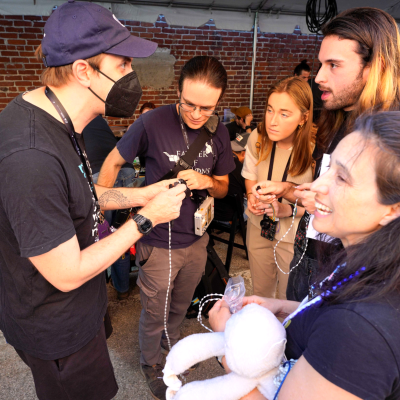Hackaday’s own [Arya Voronova] has been on a multi-year kick to make technology more personal by making it herself, and has just now started writing about it. Her main point rings especially true in this day and age, where a lot of the tech devices we could use to help us are instead used to spy on us or are designed to literally make us addicted to their services.
The project is at the same time impossible and simple. Of course, you are not going to be able to build a gadget that will bolster all of your (perceived or otherwise) personal weaknesses in one fell swoop. But what if you start looking at them one at a time? What if you start building up the good habits with the help of a fun DIY project?
That’s where [Arya]’s plan might just be brilliant. Because each project is supposed to be small, it forces you to focus on one specific problem, rather than getting demoralized at the impossibility of becoming “better” in some vague overall sense. Any psychologist would tell you that introspection and dividing up complex problems are the first steps. And what motivates a hacker to take the next steps? You got it, the fun of brainstorming, planning, and building a nice concrete DIY project. It’s like the ultimate motivation, Hackaday style.
And DIY solutions are a perfect match to personal problems. Nothing is so customizable as what you design and build yourself from the ground up. DIY means making exactly what you need, or at least what you think you need. Iteration, improvement, and the usual prototyping cycle applied to personal growth sounds like the ideal combo, because that’s how the tech works, and that’s also how humans work. Of course, even the coolest DIY gadget can’t instantly make you more mindful, for instance, but if it’s a tool that helps you get there, I don’t think you could ask for more.




















